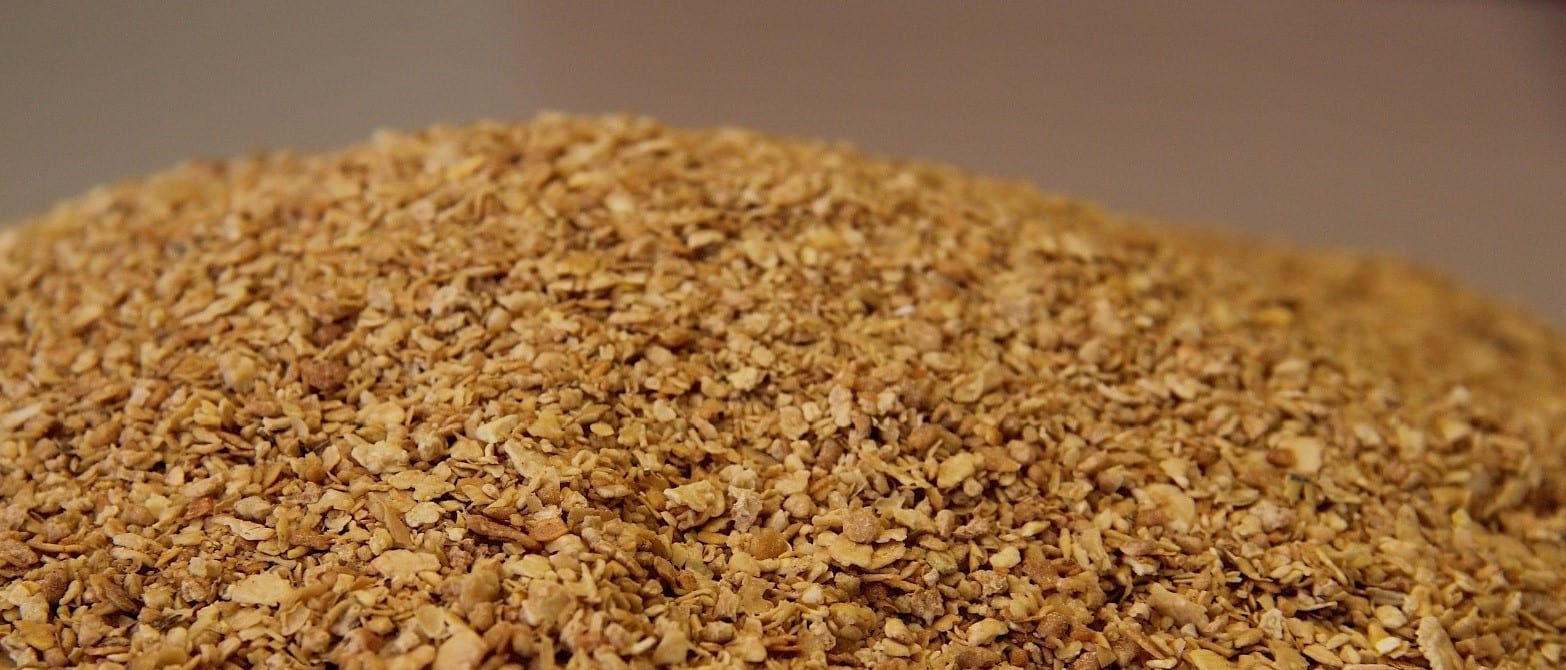Polish Dairy Stakeholders Explore the Advantage of U.S. Soy in Livestock Diets
- Category:
- Animal Utilization
- Virtual Events

High-quality protein is an important consideration in balancing feed rations for livestock, including dairy cattle. Choosing the right protein impacts both the animal’s nutrition and the producer’s bottom line. Over 25 Polish dairymen and leading dairy nutrition advisors explored this concept throughout the U.S. Soybean Export Council’s (USSEC) virtual U.S. Soy in Livestock Diets Conference this fall.
USSEC hosted the event in cooperation with the exclusive importer and distributor of AminoPlus to Poland, ETOS Company. Industry experts and professors gave insight into soy’s role in dairy cattle diets throughout the conference.
Dr. Sergio Calsamiglia Blancafort of the Autonomous University of Barcelona, Spain focused on the importance of protein quality in the selection of feedstuffs. Though soybean meal yields a higher price tag, it also yields a higher dollar value per ton of protein supplied. Compared to other protein choices, like rapeseed or sunflower, soybean meal is a more cost-efficient and protein-rich ingredient.

It’s a farmer’s job to optimally feed a cow’s rumen to ensure high production of microbial protein that is best for the animal, Dr. Calsamiglia Blancafort explained. This represents 50 to 70 percent of the total amino acids flowing in the gut. However, the rest of the amino acids should come from high-quality dietary digestible rumen protected protein. Properly extruded or toasted soybean meal is one of the best ingredients to fulfill that role.

Dr. Alex Bach of IRTA, Barcelona, Spain gave insight into capitalizing on the investment of dairy youngstock. Using deep scientific analysis and many practical examples, the expert showed that rich nutrition and excellent management practices of replacement heifers results in more milk during first lactation. Grouping calves as soon as possible also leads to their better health and growth, which is worth the investment. Dr. Bach stressed that farmers have to use the right data in order to properly monitor their heifers and make correct production decisions.
Piotr Chełminiak, Director of Dairy Department at ETOS, focused on evaluating the Total Mixed Ration in the feed bunk. He combined research evidence and his practical experience gained at many of the attendees’ farms in his explanation.
Agata Łabaz, another nutrition advisor of ETOS, explored the best ways to feed for optimum health and performance. She also highlighted that not only volume and quality of feed are important in raising calves, but also the way they are fed with milk and milk replacer.
The conference was moderated by Jerzy W. Kosieradzki, USSEC Technical Director for North-East Europe who lives and works in Poland.